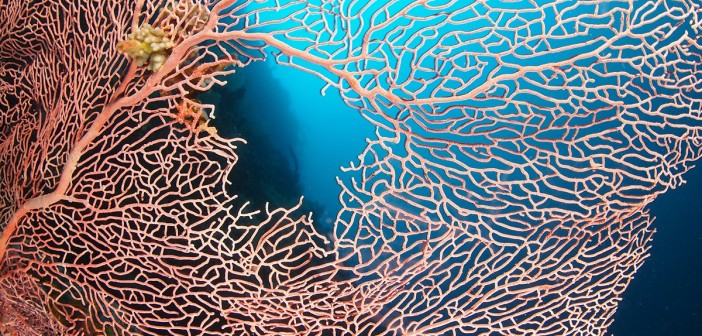Having done most of her diving in warm-winter climates such as the Caribbean, one would think Charlene Suchy would be hesitant to dive under an Ontario lake’s ice during a Canadian winter. Think again.
Suchy, who became a PADI Dive Master in 2016, has travelled to the Bahamas for advanced open water instruction. Then it was on to rescue certification in Jamaica. She has also dived in Honduras. Charlene, 34, lives in Cannington, Ontario, where winter means snow, ice and sometimes blizzards. In other words, just like most Canadian cities and towns.
She has now taken up ice diving, sparked by a dive shop a discussion on the subject. “I inquired about it and literally no women were interested in ice diving,” says Charlene. She decided to be an exception. She made three ice dives in Lake Simcoe in the Canadian province of Ontario. Each one lasted 15 minutes.
“I didn’t realize you needed a dry-suit lesson.” That didn’t stop her. “The temperature underneath the ice is the same as Tobermory (a popular Ontario dive site). We dumped warm water into our wetsuits. That keeps you warm in a dive. It is less of a shock on your system.” Surprisingly, ice diving usually offers better visibility than in the summer months. That is because the silt at the bottom of a lake is not being stirred up in winter and weeds tend to decline.
Ice divers cut a triangular hole in the ice because the three corners it creates make it easier to exit from the water. Each side is about one metre long. The ice is cut with a chain saw and finished with a pick. In case divers still have difficulty exiting the water there are at least three other divers on the ice ready to help them.
Charlene is also interested in sharks. The closest opportunity in Ontario to dive with sharks is the huge Ripley’s Aquarium in Toronto. For a fee a dive master will take you around the tank to mingle with the sharks. “These are sand tigers,” says Charlene. “They are usually found off the coast of North Carolina.”
She is involved in shark conservation, which involves projects from raising awareness to picking up garbage in the water that could threaten sharks. Instruction is also available on how to dive with sharks and even proper behaviour when feeding them. “Keep your arms in,” she advises. “Sharks look for distress. Don’t look like you are injured. That could attract them to feed on your arms.”









